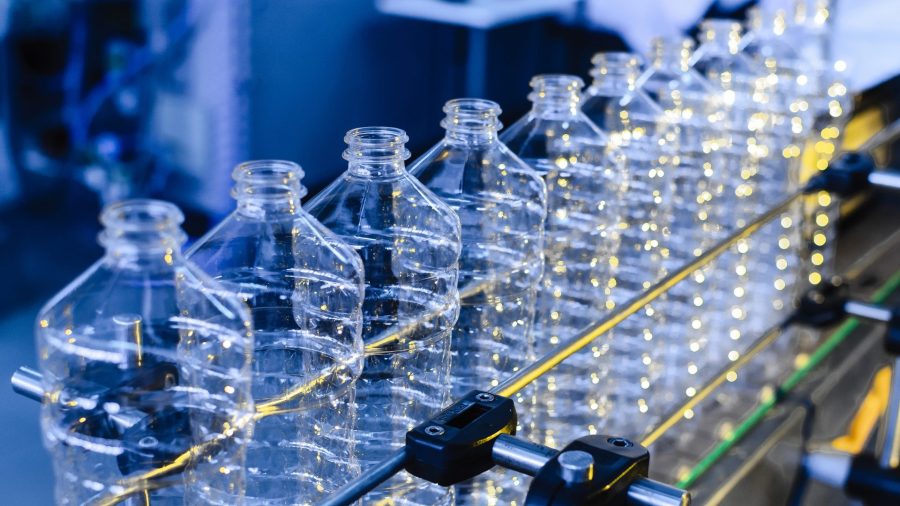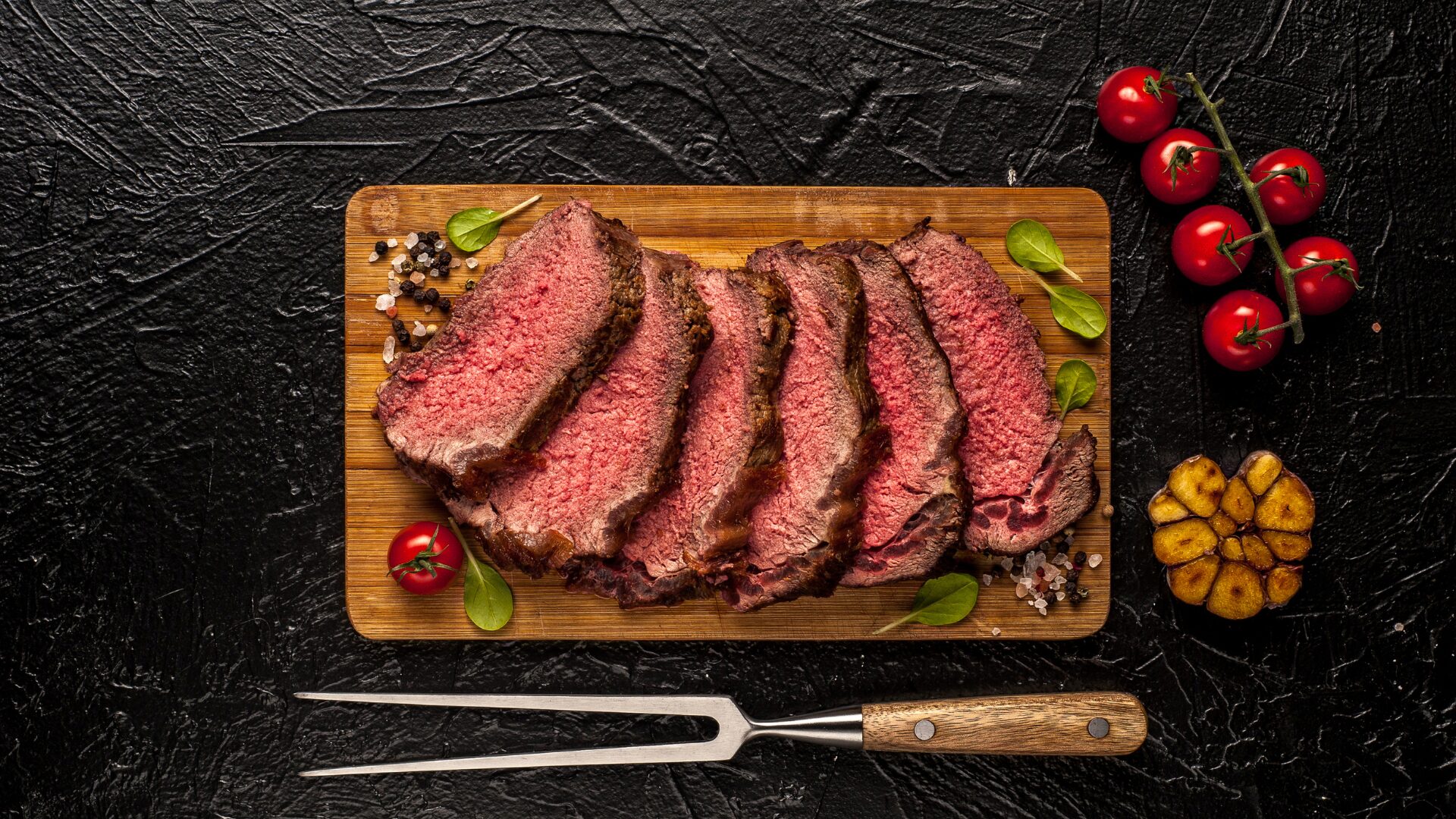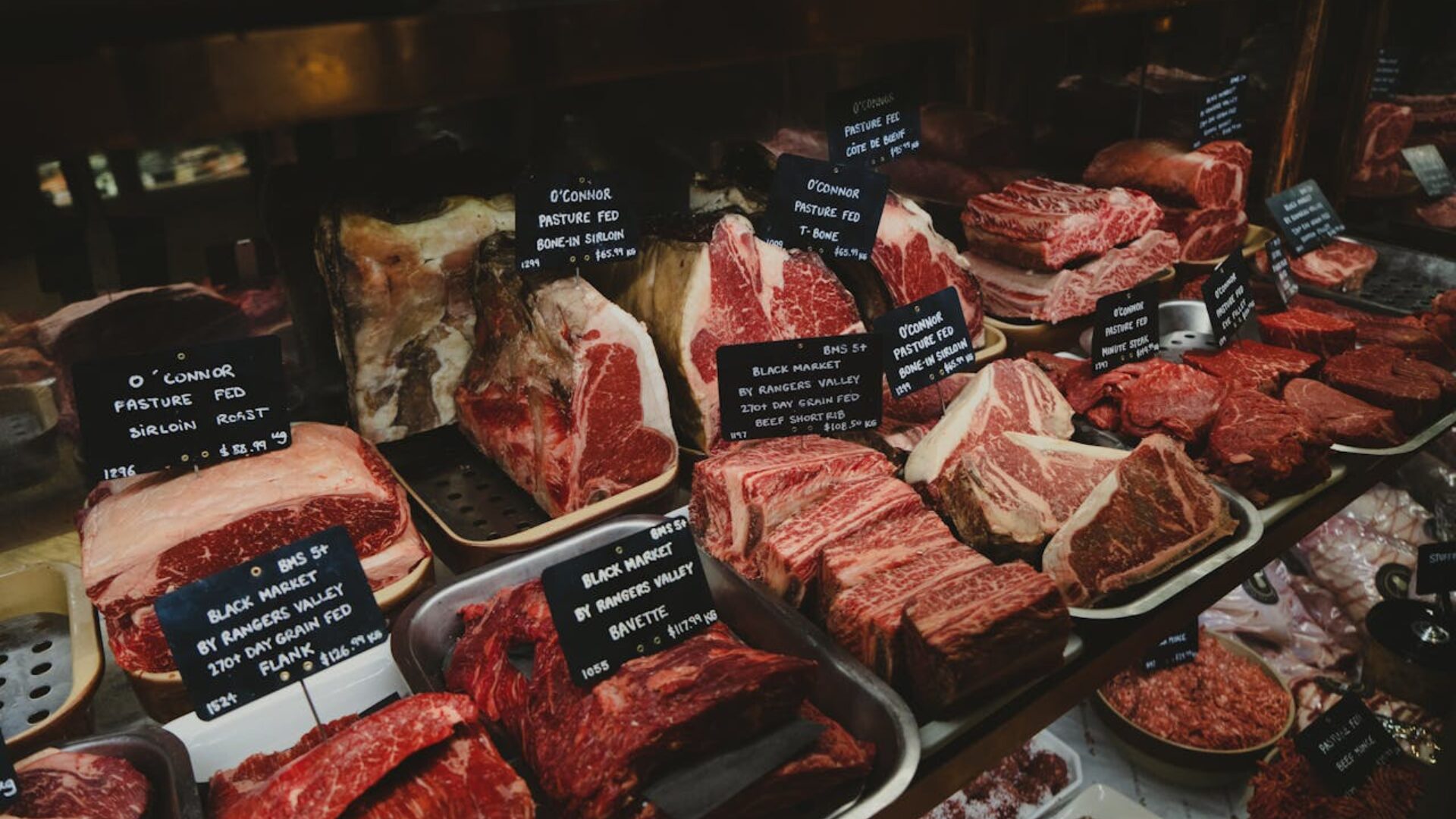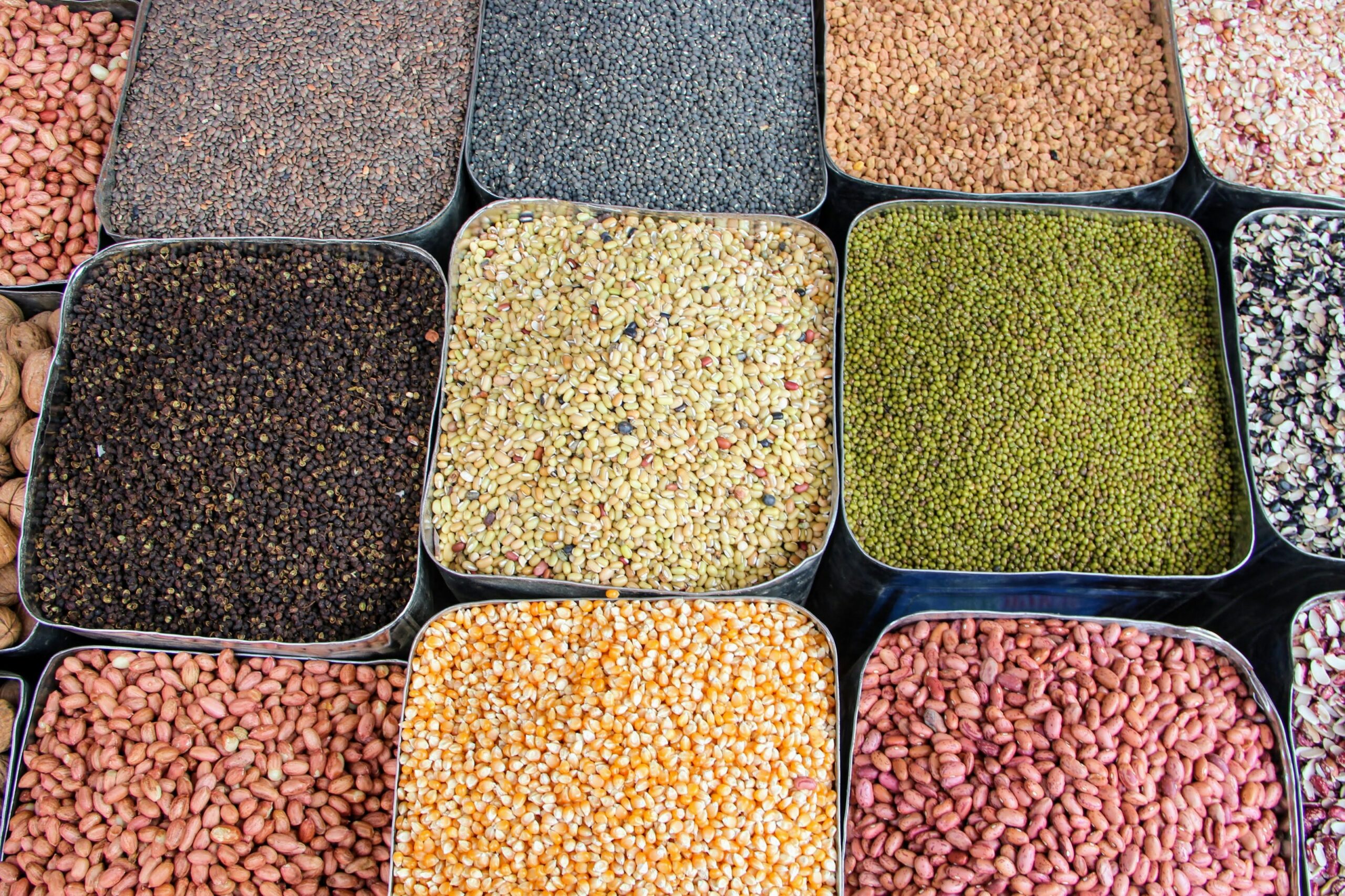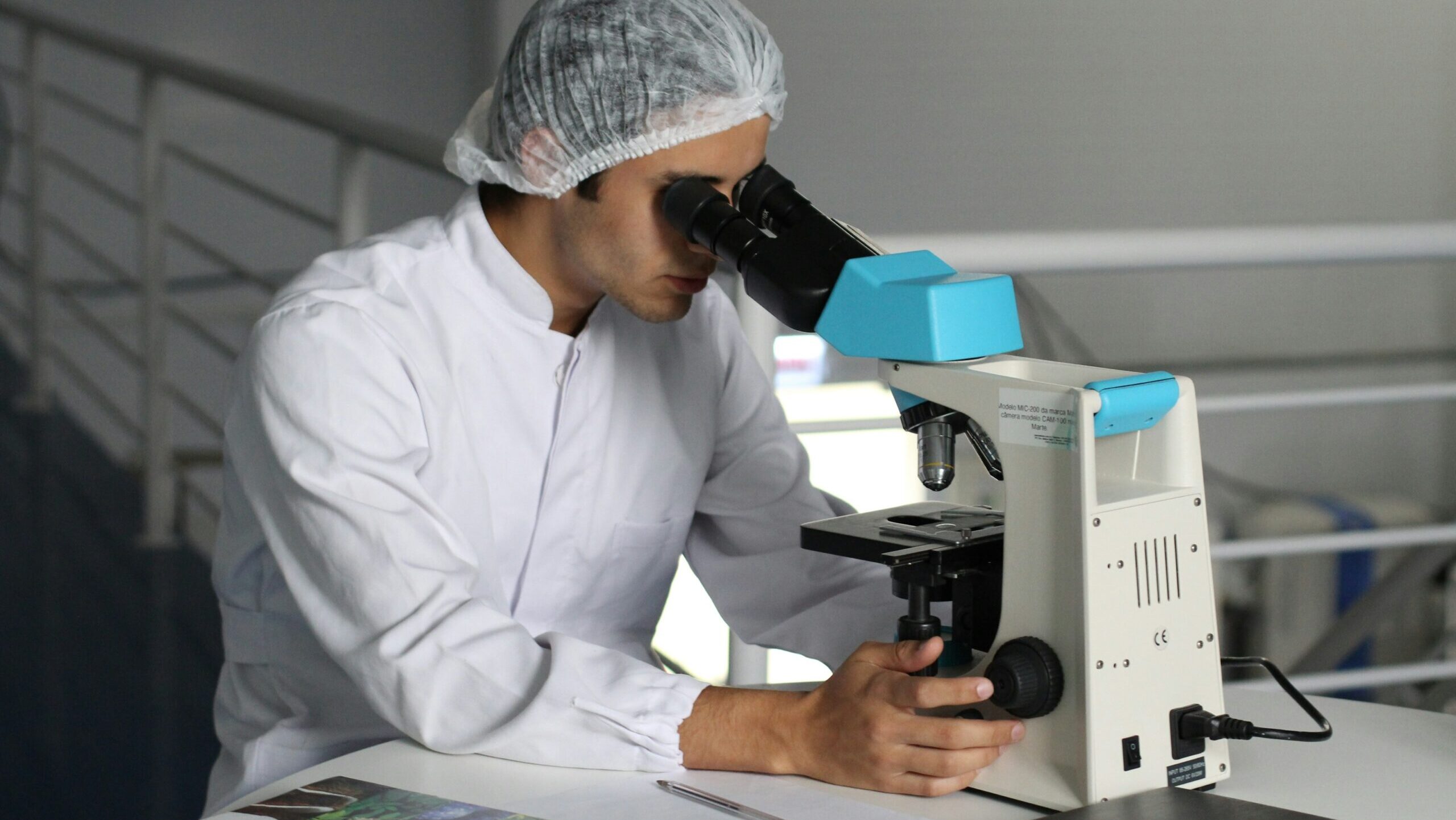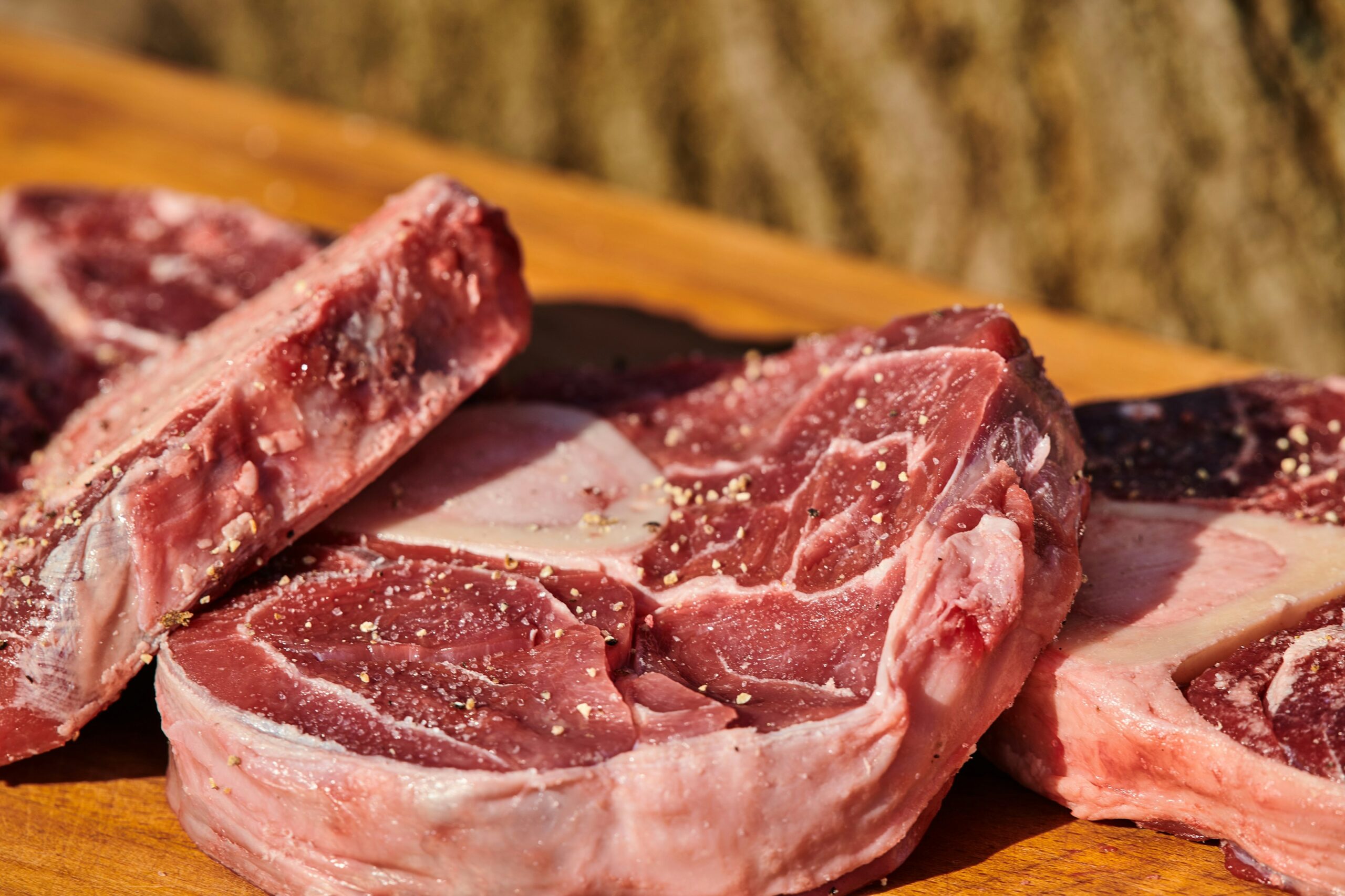Against the backdrop of the January Food Institute report on supply chain issues (available to FI members on Jan. 18; to join FI, click here), we’re taking a closer look at constraints in the beverage industry.
Packaging and Materials Shortages
Shortages in plastic resin for bottles or aluminum for cans are key contributors to an ongoing packaging and bottling crisis. There has also been a deficiency of CO2 for carbonating soft drinks. Initiatives like finding ways to recycle more bottles and cans could help improve supply problems. However, the can and bottle shortage will likely continue in 2022 because it’s rooted in sporadic buyer behavior.
Industry leaders have discussed at length their struggles to meet customers’ purchasing needs in an ever-shifting landscape. At the beginning of the pandemic, manufacturers shifted to larger bottles or multipacks based on the expectation that most people would be consuming beverages at home. Yet, buying habits varied drastically from month to month in 2021. Further, the rise of COVID-19 variants like omicron could further complicate matters.
Trucking and Shipping
Beverage makers also face significant logistical issues. The U.S. is currently grappling with a truck driver shortage of at least 80,000 operators, ports are incredibly backed up, and prices for shipping containers have never been higher.
These trends aren’t showing any signs of slowing in 2022.
Overcoming Supply Chain Challenges
The beverage industry is resilient, and consumers won’t stop buying drinks any time soon.
Despite the industry’s supply chain challenges, manufacturers will continue to see demand in 2022. The sector must evolve to become more flexible, sustainable and intuitive to overcome shortages and fluctuations.


